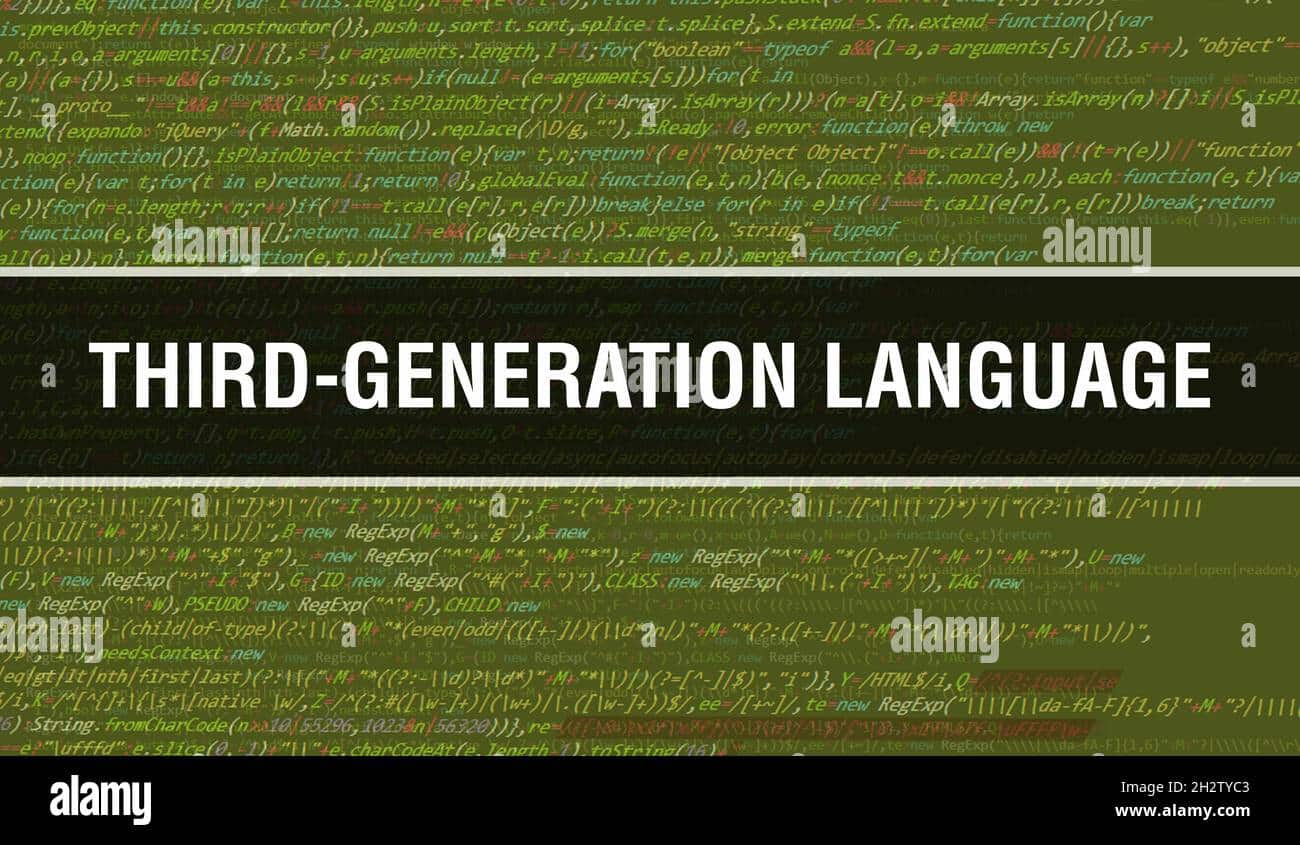Third-generation programming language, commonly referred to as 3GL, is a type of programming language developed in the early 1960s that is designed to provide an easier way for developers to write instructions for a computer. It is one of the most basic ways of programming a computer, as each step has to be very explicit and unambiguous in order for the computer to understand and execute the instructions of the program.
3GL can be compared to two other generations of programming languages. First-generation programming language (1GL) is the most basic form of programming, which relies powerful symbols known as Assembly Language to write instructions for a computer. Second-generation language (2GL) is a type of programming designed to make 1GL more user-friendly and can also create code that is easier to debug. 3GL is a further refinement of 2GL, as it allows developers to write code using simple English-like language that consists of readable commands such as “IF-THEN” and “LOOP”.
3GL also provides powerful features, such as structured programming, memory management, and data abstraction. These features provide an easier way for developers to control various elements of a program, such as variables, modules, and data structures. In addition, 3GL are not limited to a particular computer architecture and are portable to different platforms, making them widely applicable in multiple software applications.
Today, 3GL is still a popular choice among developers, as it is relatively easy to learn and use. With its user-friendly environment and powerful features, 3GL is often favored by both novice and experienced developers alike.






